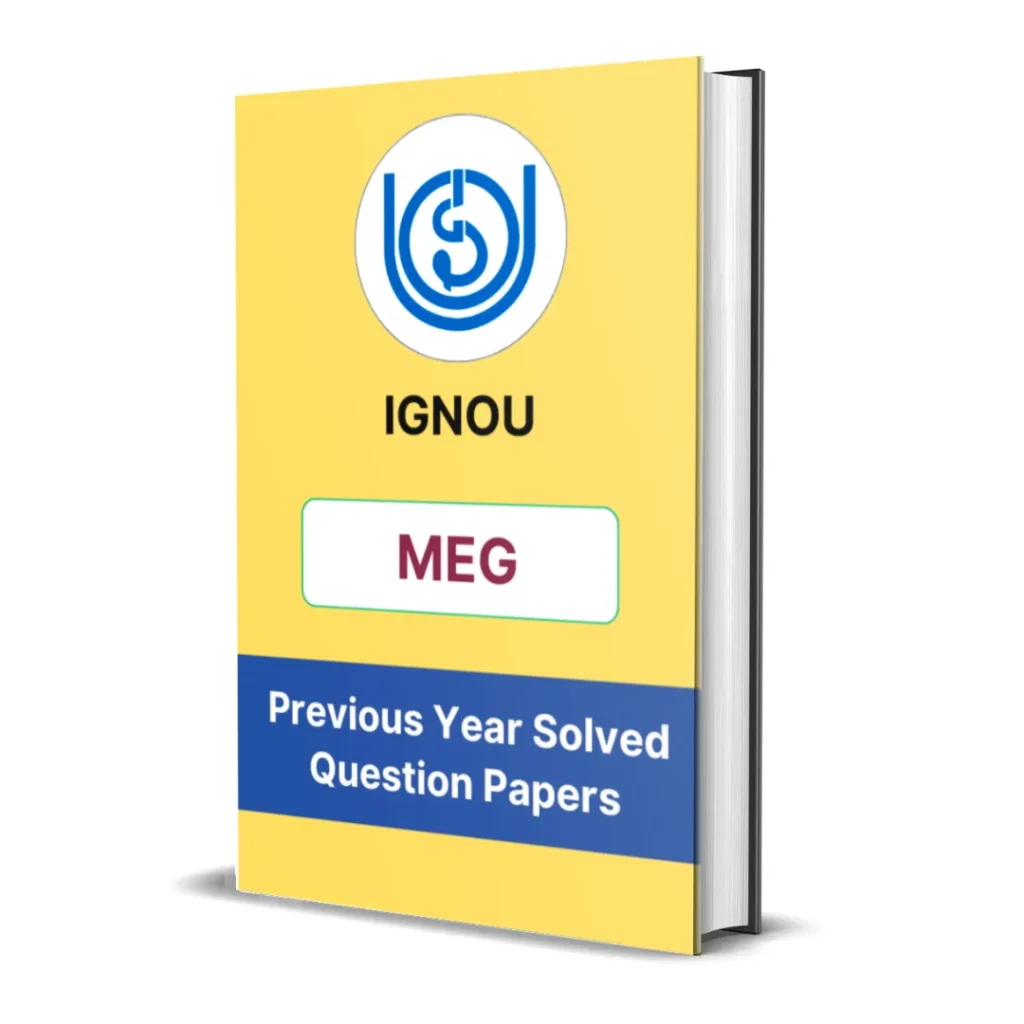IGNOU MEG-15 Block 1 Summary | Introduction
- Last Updated On October 20, 2025
Table of Contents
Here you will get the detailed summary of IGNOU MEG 15 Block 1 – Introduction.
We have provided the summary of all units starting from unit 1 to unit 4.

Unit 1 – What is Comparative Literature
Unit 1 of IGNOU MEG-15 Block 1 focuses on explaining the meaning, nature, and scope of Comparative Literature. This unit introduces the idea of studying literature beyond the borders of a single nation or language. It traces the historical development of the discipline, particularly its European origins in France and Germany, and its later global expansion.
The unit defines Comparative Literature as the study of relationships between literary works across languages, cultures, and periods. It highlights the contributions of scholars like Henry Remak and René Wellek, who emphasized that Comparative Literature explores influences, analogies, and thematic similarities without confining itself to national boundaries.
Furthermore, the unit distinguishes Comparative Literature from national or general literature and stresses its interdisciplinary character, linking it with philosophy, history, psychology, and other arts. The challenges of translation and cultural context are also discussed as essential aspects of comparative study.

Unit 2 – The Practice of Comparative Literature
Unit 2 of IGNOU MEG-15 Block 1 focuses on describing how Comparative Literature is practiced in real terms. This unit explains the various methodologies and approaches used by comparatists, such as the study of influence, thematic comparison, reception studies, and translation studies.
It discusses how Comparative Literature examines connections between texts, authors, and literary movements across cultures. For instance, scholars may explore how European Romanticism influenced Indian poetry or how universal themes like love, exile, or freedom appear in different traditions.
The unit also emphasizes that Comparative Literature is not about ranking one literature over another; rather, it promotes dialogue and mutual understanding between cultures. By comparing literary forms, genres, and artistic expressions (including links with cinema, music, and visual arts), the practice of Comparative Literature becomes a bridge between diverse human experiences.
Unit 3 – Theory of Comparative Literature
Unit 3 of IGNOU MEG-15 Block 1 focuses on exploring the major theoretical frameworks and schools of thought in Comparative Literature. The unit begins with the French school, which adopted a historical and positivist approach emphasizing influence and source studies. It then discusses the American school, which shifted attention toward thematic, universal, and cross-cultural aspects rather than direct influence.
The unit further examines how modern critical theories — such as structuralism, post-structuralism, feminism, postcolonialism, and cultural studies — have broadened the scope of Comparative Literature. These frameworks help scholars understand not only similarities but also the reasons behind differences among literary traditions.
Finally, the unit highlights the global perspective in contemporary Comparative Literature, where the focus expands from Eurocentric studies to world literature, incorporating marginalized voices, indigenous traditions, and postcolonial narratives.

Unit 4 – Modernism: The West and the East
Unit 4 of IGNOU MEG-15 Block 1 focuses on examining Modernism as a literary and cultural movement through a comparative lens. The unit explains how Western Modernism, represented by writers such as T.S. Eliot, James Joyce, Virginia Woolf, and Ezra Pound, arose as a response to the crises of faith, identity, and meaning in the early 20th century. It is characterized by experimentation, fragmentation, and psychological depth.
In contrast, Eastern Modernism, especially in India and Asia, developed under different historical and cultural pressures such as colonialism, tradition, and nationalism. Writers like Rabindranath Tagore, Mulk Raj Anand, and Nissim Ezekiel blended Western literary techniques with local experiences and cultural introspection.
The unit concludes that Modernism in both the West and East reflects a shared search for new forms of expression but shaped by distinct socio-cultural realities. This comparison illustrates the essence of Comparative Literature — understanding how global artistic movements adapt and transform across cultures.